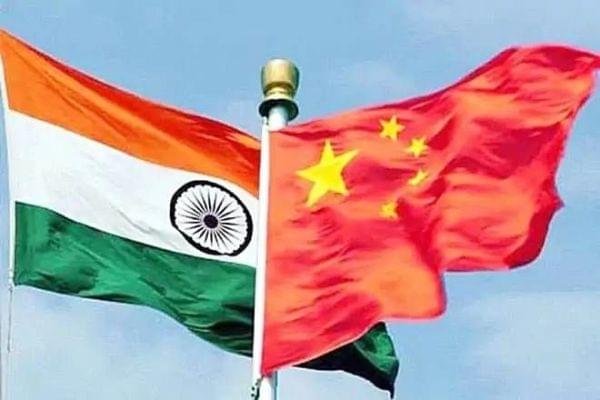World
'India Should Give Political Dialogue With China A Chance': Former Foreign Secretary Vijay Gokhale
Swarajya Staff
Jul 01, 2024, 03:38 PM | Updated 03:38 PM IST
Save & read from anywhere!
Bookmark stories for easy access on any device or the Swarajya app.


Even after four years, the Indian and Chinese armies are still in a standoff along the Chinese border at the Line of Actual Control (LAC).
The standoff started in June 2020 when the Chinese, breaking all previous agreements signed in 1993 and 1996, clashed with Indian forces in Galwan Valley, killing 20 Indian soldiers and an unknown number of Chinese soldiers.
Since then, soldiers from both nations are deployed in the most inhospitable conditions in Eastern Ladakh.
There are no signs that the situation is going to change anytime soon.
Vijay Gokhale, an ex-Foreign Secretary, India’s Ambassador to China from 2016 to 2017, and a China expert, in a report in the Times of India titled “Keep Your Enemy Closer,” says that India should try a different approach — a political dialogue between India and China.
He says that despite several rounds of military commander-led talks (21 rounds to be precise), there has been little progress, and the Chinese appear to be in no mood to restore the status quo.
“China appears to have augmented its military capacity, including air power, along the entire front. It remains obdurate on reeling back its forward posture in two areas in eastern Ladakh. Despite more than 20 rounds of talks between the two militaries, the status quo still prevails,” the ambassador says.
In fact, they have strengthened their positions in the disputed areas and have changed facts on the ground by establishing permanent infrastructure in these areas, such as the construction of bridges, tunnels, and ‘Xiaokang’ border defence villages.
Moreover, they have inducted offensive airpower in Tibet by upgrading facilities at airbases, like lengthening the runway and construction of petrol, oil, lubricants and ammunition dumps.
Ambassador Gokhale commends the Indian armed forces on the massive buildup opposite LAC and its deterrence value, which signals the Chinese that any grey-zone warfare tactics will not be tolerated.
“Commendable work is being done in building deterrence against adventurism. Aside from the augmentation in men and materiel, the idea of strategic risk is being redefined. Deployment patterns are being altered to send the clear signal that there is no tolerance for grey-zone warfare tactics by the PLA,” Gokhale says.
He asks whether deterrence with military-level dialogue is an adequate response and says that this may have run its course, arguing that political-level dialogue may be a policy worth giving a shot at.
The ambassador asks, “military dialogue has its limitations. Without political dialogue, the military cannot evolve a new framework of border management. Is it not possible that the withholding of sustained political-level engagement might, perhaps, have run its course?”
He gives the example of the dialogue between the US and the Soviet Union at the time of the Cold War.
“At the height of the Cold War, the two superpowers never halted political dialogue. Mechanisms were built to prevent nuclear war, and mutual understandings were reached on managing competition and limiting the prospect of accidental conflict. An important lesson from the Cold War was that dialogue and deterrence were not mutually exclusive,” he says.
The ambassador bats for deterrence combined with dialogue, stating that this could lead to a positive outcome like the aftermath of Sumdorong Chu crisis in 1967.
“If deterrence is combined with dialogue, a positive outcome is possible. The aftermath of the Sumdorong Chu crisis in 1967 in Arunachal Pradesh established this point when, after eight years of holding our ground without suspending political dialogue, India achieved its goals,” Ambassador Gokhale says.
He adds, “Dialogue may allow for an in-depth understanding at a political level of each other's positions. Such dialogue might, hopefully, permit both sides to find some common ground to start building a new framework. It might benefit risk management, not simply in terms of minimising unintended conflict, but also in terms of modernising the 1993 and 1996 agreements in order to make them relevant to contemporary needs.”
Additionally, political dialogue may allow for the creation of new economic and procurement policies with China since the Indian economy cannot entirely decouple from Chinese supply chains, especially some of its star performers like pharmaceuticals.
Finally, he explains that political dialogue “might provide political platforms to express our concerns, as well as to find solutions, over unfair Chinese trade practices.”





